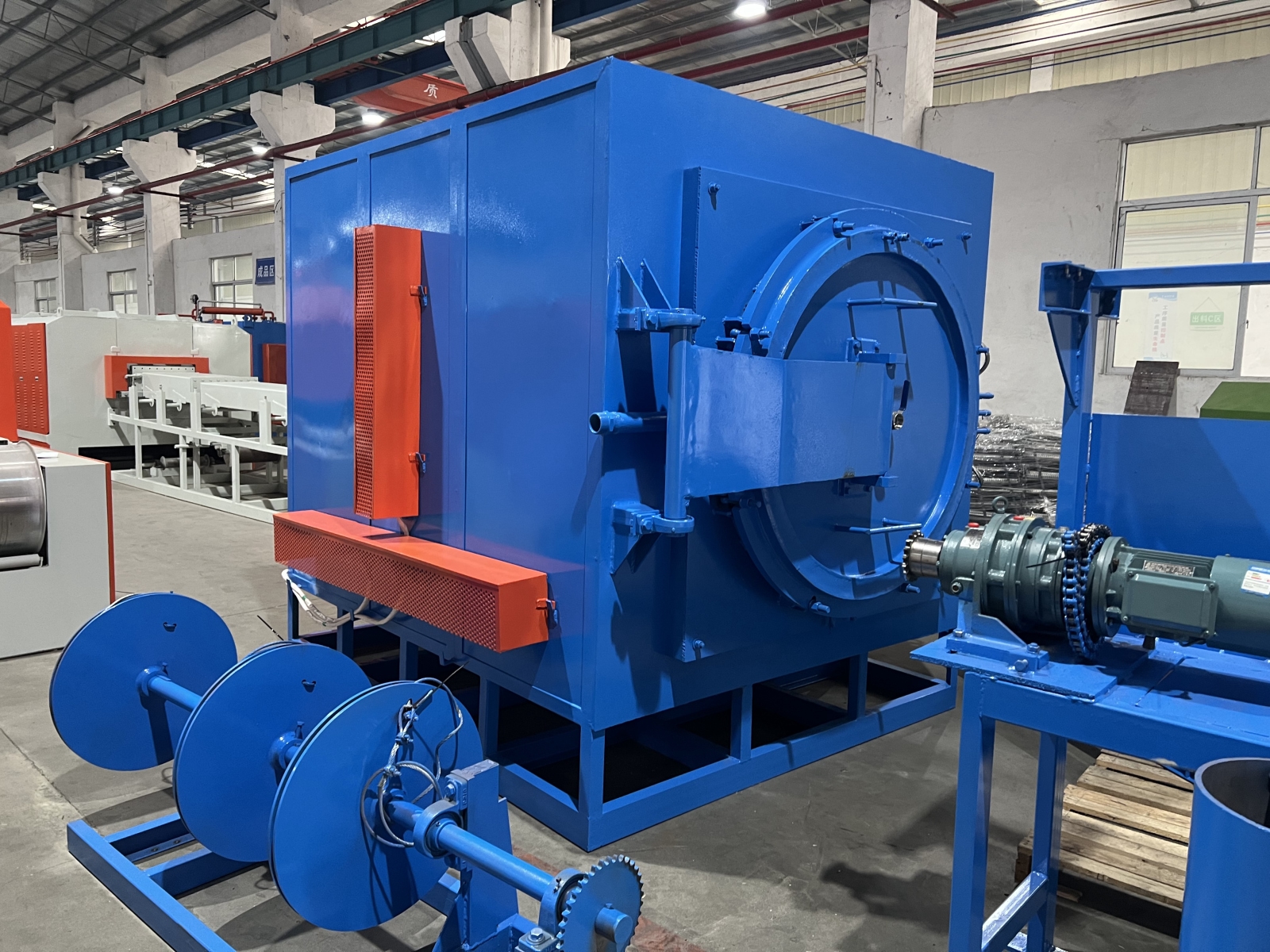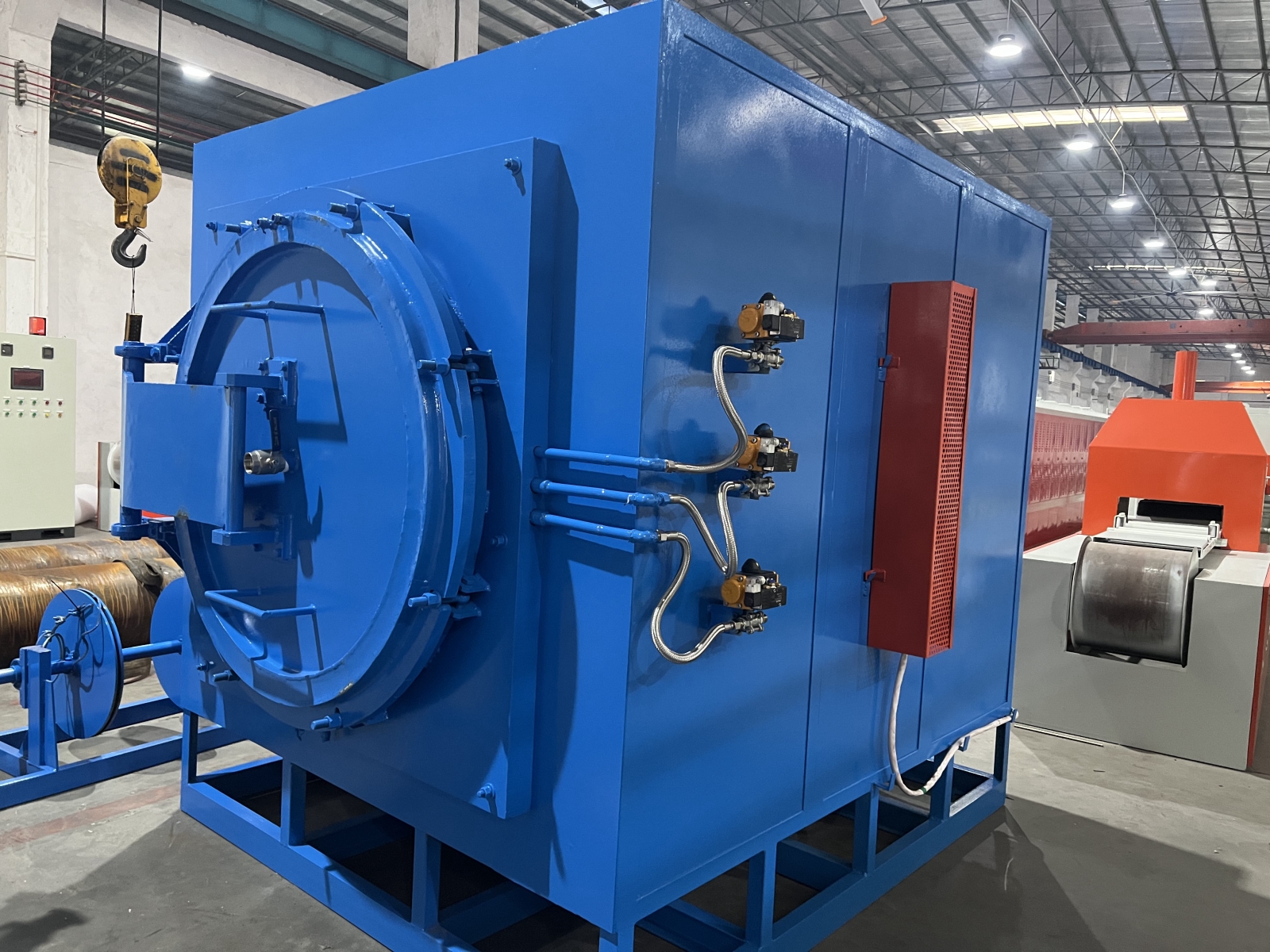Enhancing Metal Stability with Stress Relieving Vacuum Furnaces
May. 26, 2025
In the world of metalworking and industrial manufacturing, internal stress is a common byproduct of various processes such as welding, machining, forging, or cold working. These residual stresses can significantly affect a material's mechanical performance, dimensional stability, and long-term durability. To solve this problem, stress relieving heat treatment is employed—often using a vacuum furnace to ensure high-quality results.

What Is Stress Relieving?
Stress relieving is a heat treatment process aimed at reducing or eliminating residual stresses in materials without altering their overall structure or hardness. Typically performed at temperatures below the material’s transformation point (for steel, usually between 550°C and 750°C), this process allows internal stresses to redistribute and relax.
Why Use a Vacuum Furnace for Stress Relieving?
A vacuum furnace provides an ideal environment for stress relieving, particularly for high-precision components or materials sensitive to oxidation and contamination. The vacuum environment minimizes the presence of oxygen and other reactive gases, thereby preventing surface discoloration, decarburization, or contamination.
Advantages of Stress Relieving Vacuum Furnaces
Clean and Bright Surface Finish
The vacuum environment ensures that the material surface remains bright and free from oxidation, which is crucial for parts used in aerospace, medical, and precision instrument industries.High Temperature Uniformity
Advanced vacuum furnaces feature uniform temperature distribution, ensuring consistent stress relief throughout the entire workpiece.Precise Temperature Control
Modern control systems allow precise heating and cooling cycles, minimizing distortion and achieving optimal stress relief.Material Compatibility
Vacuum stress relieving is ideal for a wide range of materials, including tool steel, stainless steel, titanium alloys, and nickel-based superalloys.
Applications
Stress relieving in vacuum furnaces is commonly used in:
Aerospace components
Precision mechanical parts
Molds and dies
Welded assemblies
3D-printed metal parts

Conclusion
For manufacturers seeking precision, quality, and long-term reliability, a stress relieving vacuum furnace is an indispensable solution. It offers a controlled, contamination-free environment that enhances mechanical stability and extends component life.









